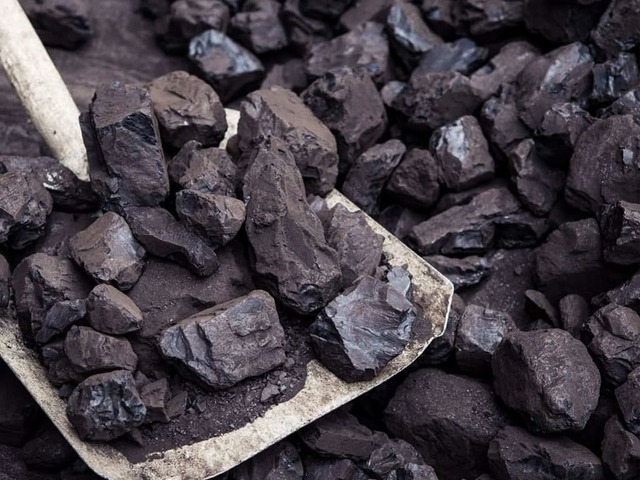Thermal coal trade in Asia in 2023 is set to outpace 2022 by 17%, with the biggest driver of this rise being China’s stockpiling of coal, while Vietnam more than doubled imports in the first eight months of 2023, according to the latest Resources and Energy Quarterly report published Dec. 18.
The report, which carries the Australian chief economist’s official forecasts for the country’s major commodity exports, stated that world imports are expected to drop by 2.1% in 2024 to allow high inventory levels to normalize, before resuming in 2025 with a 1.5% increase.
“Energy security concerns borne of geopolitical tensions have prompted China to stockpile coal inventories to record levels in 2023. China’s coal inventories have more than tripled over the last couple of years,” the report noted, adding China’s coal-fired power output rose in 2023 despite its announced target of reducing output. Chinese coal imports are forecast to slip to 221 million mt in 2024 and 231 in 2025, down from 302 million mt this year, the forecast showed.
Meanwhile, demand for Australian thermal coal exports remained high in 2023, with shipments to China rising steadily over H1 2023, reaching a peak in June 2023 during China’s peak summer demand. With better weather conditions and increased production from several mines, the forecast stays that export volumes will experience minor growth, from 182 million mt in 2022-23 to 203 million mt by 2024-25.
India eyed as growth market
While more favorable weather conditions and the resulting increase in domestic production led to a slight drop in India’s seaborne thermal coal imports in 2023, India is expected to increase thermal coal imports to 186 million mt in 2024 and 193 million mt in 2025, up from 150 million mt this year, the report said.
“This growth will be supported by rising industrial use and higher electricity requirements in the consumer sector,” it said, adding with domestic coal production expected to steadily increase, India is planning to lift the efficiency of coal transportation to consumption centers.
“India has set a target to nearly treble the volume of coal transport via coastal route or rail-sea-rail method. Measures being considered could lift seaborne transport from 40 million mt per year to 112 million mt by 2030.”
Supply constraints loom over Indonesia
While Indonesia maintained its position as the world’s top exporter of thermal coal in 2023, drought in Indonesia is now lowering river levels, and this threatens to make thermal coal more difficult to barge to deepwater ports, potentially impacting a large volume of exports, the report read.
“Indonesian exports to China face growing competition from Australia and Russia, with both providing a higher share of China’s imports as it seeks coal with a higher calorific value to blend with lower calorific coal.”
Meanwhile, the country introduced a new tariff collection system in October for ship-to-ship services at the Muara Berau port in east Kalimantan, for which mine companies and floating crane operators are holding protests, with some loading operations ceasing. Muara Berau is one of the largest anchorages in Indonesia and if the issue escalates, it could add to supply pressures, the report said.
In terms of prices, the forecast stated that while most factors point to a decline in prices, not expected to decline to 2019 levels. The price of Newcastle 6,000 kcal/kg NAR is expected to decline from just under $173/mt FOB over 2023 to around $115/mt FOB in 2025, which is still well above the 2019 average of $76/mt. “However, prices retain significant potential to vary in either direction given the likely ongoing stranding of some Russian coal production,” it said.
“Price risks remain somewhat balanced. Thermal coal demand faces downside risks, with a weak Chinese recovery, a mild Northern Hemisphere winter and increased stockpiles potentially constraining coal use.”
Source: Hellenic Shipping News






